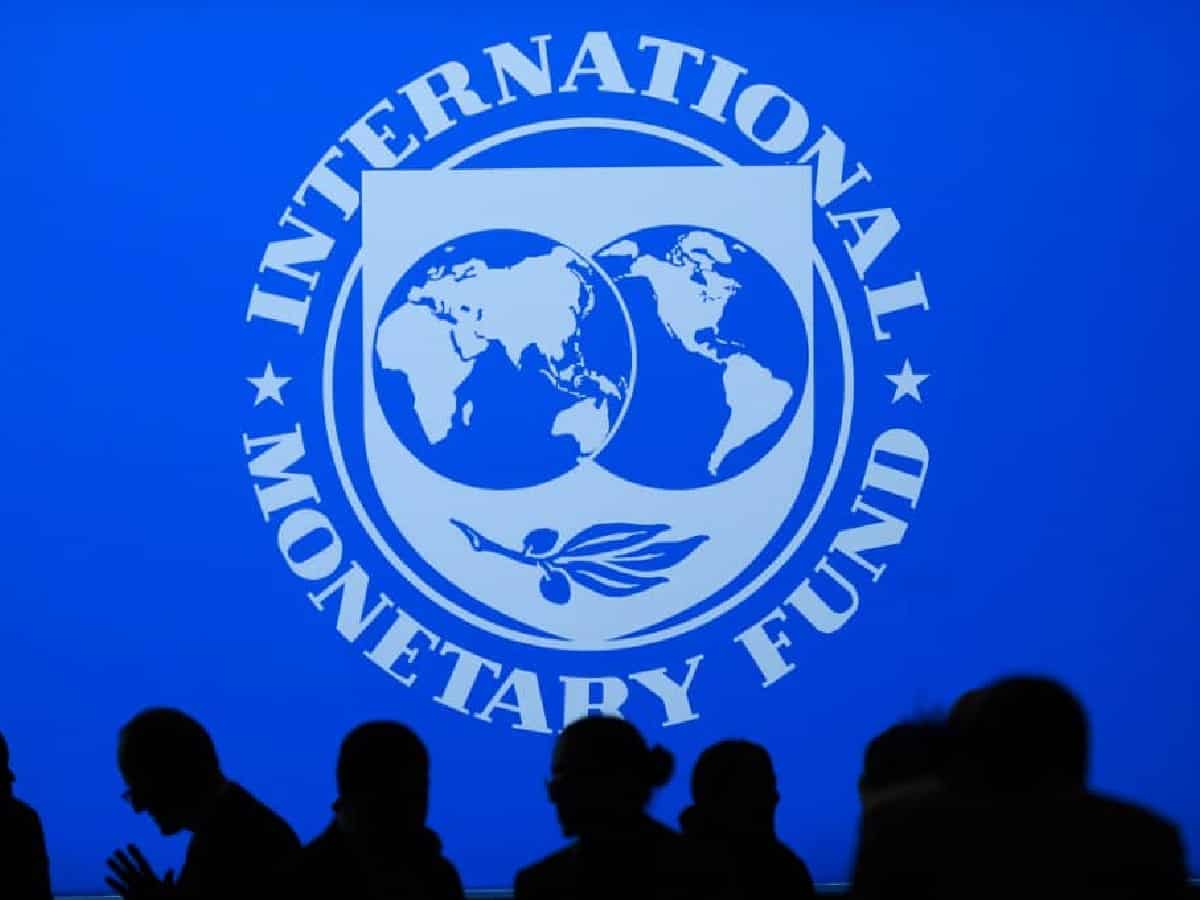
Washington: India’s debt ratio is projected to be 84 per cent of its GDP by the end of 2022, which is higher than many emerging economies, but its debt is a little bit easier to sustain, a senior IMF official has said.
Stressing that it is important for India to now have a very clear medium-term objective on the fiscal, Paolo Mauro, Deputy Director, Fiscal Affairs Department, International Monetary Fund, said there’s still not a whole lot of clarity on the fiscal anchor.
“It would be very important to give reassurance to people and to investors that things are under control, and things are going to become less vulnerable over time,” Mauro, told PTI in an interview.
“In terms of the debt ratio, India right now at the end of 2022, we’re projecting it at about 84 per cent of GDP. That is higher than in many emerging economies, he said.
Of course, India has a lot of special features being the most populous country in the world by now and being a very large, emerging economy, he said.
The other things that are special in a way or distinctive compared with other emerging economies are that most of India’s debt is in non-indexed domestic currency and there’s a large investor base from India. So those are good features to have and that’s what makes this debt a little bit easier to sustain, Mauro said.
Having said that, the rollover, the necessity to borrow every year is very significant. It’s about 15 per cent of the GDP, he said.
“So, in some ways, the debt vulnerabilities are something that one needs to keep an eye on and be mindful of the fiscal deficit, he said.
He noted that the fiscal deficit is about 10 per cent of the GDP right now.
That is quite a bit higher than in most emerging economies. About six-and-a-half per cent of the GDP is from the central government the rest is from the states, he said.
“I think, given the global conjuncture and country-specific circumstances, inflation is a little bit on the high side… looking at all of those things, it makes sense to reduce the deficit, and to bring down the debt gradually over time, Mauro said.
Another good thing for India is that growth is traditionally very high.
“That helps maintain that ratio at a stable level, maybe even bring it down if growth continues to be very strong. But without a reduction in the fiscal deficit, it would be difficult to, on the one hand, keep inflation in check and on the other hand, also reduce the debt ratio, he said.
Mauro said that it was necessary to reduce the deficit as well.
According to official data released last month, the central government’s fiscal deficit touched 32.6 per cent of the annual target in the current financial year till August as against 31.1 per cent recorded a year ago.
In actual terms, the fiscal deficit — the difference between expenditure and revenue — was Rs 5,41,601 crore during the April-August period of this financial year.
Responding to a question, Mauro said India has a very good information system that allows better distribution of cash transfers than in many other countries, including some advanced economies.
One area where I would recommend a reform would be for example, the fuel taxes, he said. It would be advisable for the fuel excise tax cuts to be reversed, he added.
Fuel taxes were reduced for everybody. The gains tend to go particularly to people who have cars, who are not necessarily the poor, they’re people who can afford the car just to give one example. So, I would say lifting those reductions to the taxation on fuel would be something that I would advise, he said.
Emphasising fiscal transparency, Mauro said beyond clarifying what broad fiscal objectives are, it’s also important to provide information to people where the government is spending the money, how much revenues are they collecting in a simple way so that people can get a sense of what’s going on.
“So fiscal transparency is an area where further progress would be helpful, he said.
